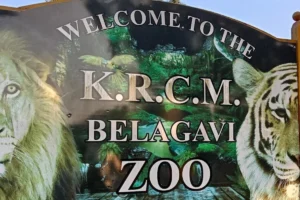
Dinosaur
The cretaceous period saw placental animals including humans, dogs, and bats, says research. This clearly means that these placental animals existed with dinosaurs for a small period prior to the extinction of dinosaurs. For those who don’t know, Cretaceous is a geological period that began 145 million years ago and ended 66 million years ago.
Cretaceous-Paleogene (K-Pg) was the catastrophic event that led to the end of all non-flying dinosaurs. This event was triggered by an asteroid that led to the huge destruction of planet earth in the Cretaceous period.
Were Placental mammals even there in that time?
Scientists are arguing in this matter from past many years as if the placental mammals were there during that period or they have just evolved after dinosaurs vanished from the green planet. The remains of placental animals are younger than 66 million years, this somehow depicts that the mammals were only present after the dinosaurs all went away. But there’s a catch, molecular data depicts that the placental mammals are older than 66 million years of age.
Also Read: This Palm Plant Has Confused Scientists; It is Kind Of Upside Down!
The new study depicts co-existence of dinosaurs and humans
A new research was published in the Current Biology journal which determined that placental mammals, which includes humans as well co-existed with dinosaurs but only for a short period of time. Placental mammals evolved before the mass extinction, according to a team of palaeobiologists from the Universities of Bristol and Fribourg who utilized statistical analysis of the fossil record.
However, contemporary lineages of placental mammals didn’t emerge until after the asteroid impact, indicating that once the dinosaurs vanished, they were better equipped to diversify.
Lead author Emily Carlisle of Bristol’s School of Earth Sciences said: “We pulled together thousands of fossils of placental mammals and were able to see the patterns of origination and extinction of the different groups. Based on this, we could estimate when placental mammals evolved.”
To read more such news, download Bharat Express news apps





















